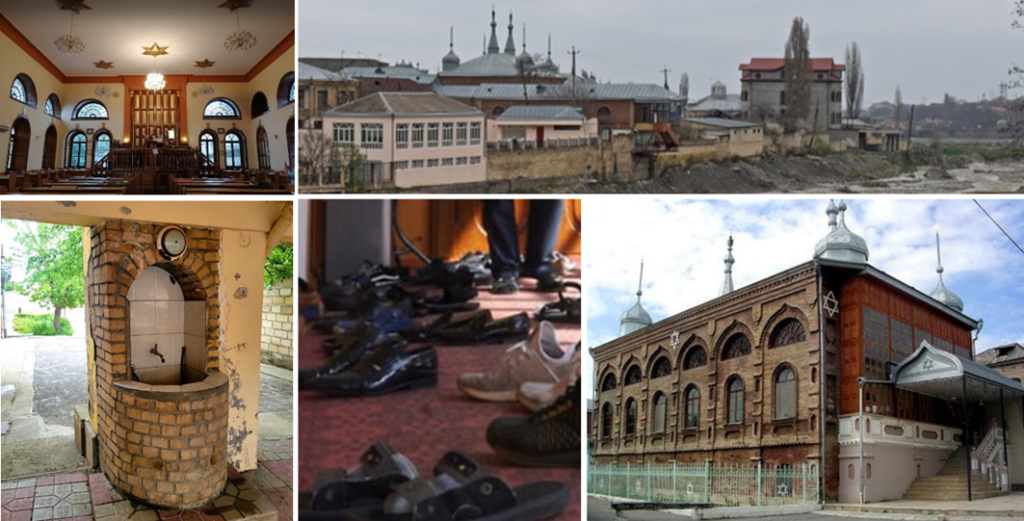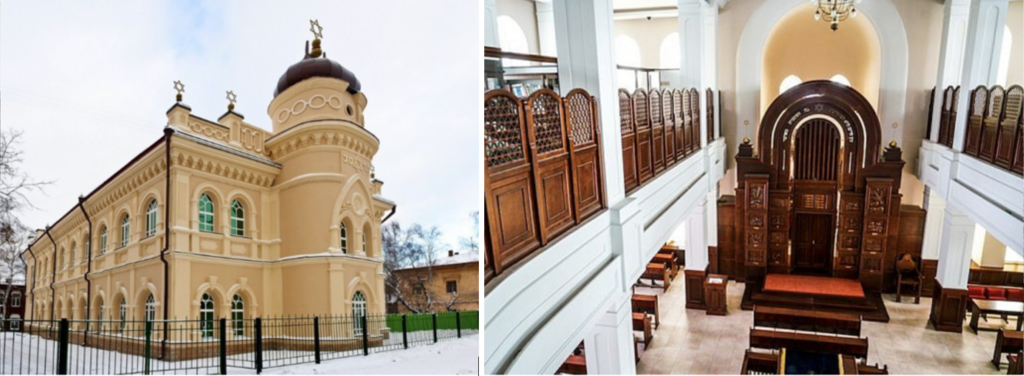
Parsha Va’era (וארא – And I Appeared), Exodus 6:2–9:35
Exodus 7:9
יְדַבֵּר אֲלֵכֶם פַּרְעֹה לֵאמֹר, תְּנוּ לָכֶם מוֹפֵת; וְאָמַרְתָּ אֶל-אַהֲרֹן, קַח אֶת-מַטְּךָ וְהַשְׁלֵךְ לִפְנֵי-פַרְעֹο
When Pharaoh says to you: Give me proof of your mission, you will say to Aaron: Take your staff and throw it before Pharaoh, so that he becomes a crocodile.
In verse 29:3 of the haftarah (Ezekiel 28:25-29:21), it is written:
הִנְנִי עָלֶיךָ פַּרְעֹה מֶלֶךְ-מִצְרַיִם, הַתַּנִּים הַגָּדוֹל, הָרֹבֵץ בְּתוֹךְ יְאֹרָיו: אֲשֶׁר לִ לִי יְאֹרִי, וַאֲנִי עֲשִׂיתִנִי …
… Behold, I come against you, Pharaoh, king of Egypt, great crocodile,
lying in the midst of your rivers, you who say: My river is mine, I created it.
Aaron’s staff turns into a crocodile and devours the staffs changed into crocodiles of the Egyptian wizards. Pharaoh thus suffered his first defeat.
The coat of arms of Nîmes represents defeated Egypt (a crocodile chained to a palm tree). The Synagogue of Nîmes built in 1793 was restored in 1893 and the current facade dates from this period. Since then, it has not undergone any notable change. The prayer hall is on the first floor while on the ground floor are the Rabbi’s quarters, the Matzos oven and the Mikveh.
The Jewish community of Nîmes counted among its members Adolphe Crémieux (Isaac-Jacob Crémieux), the author of the famous decree of 1870 which freed the 35,000 Jews of Algeria from the status of dhimmi and made them French citizens.



